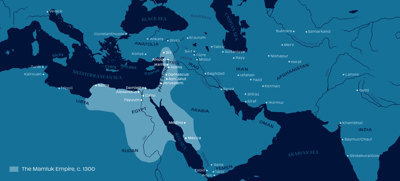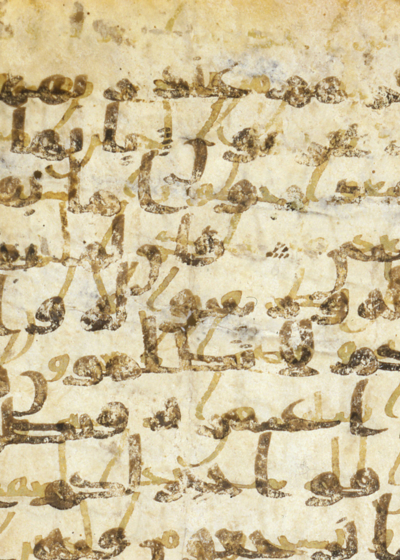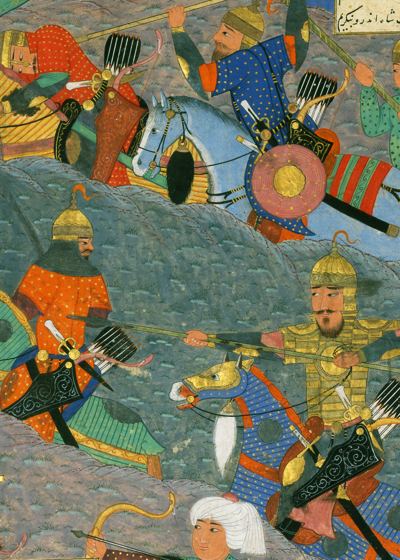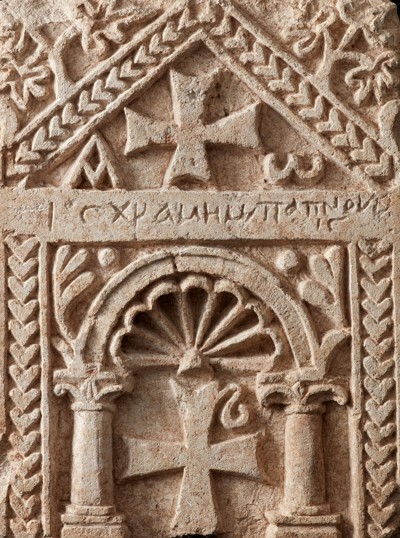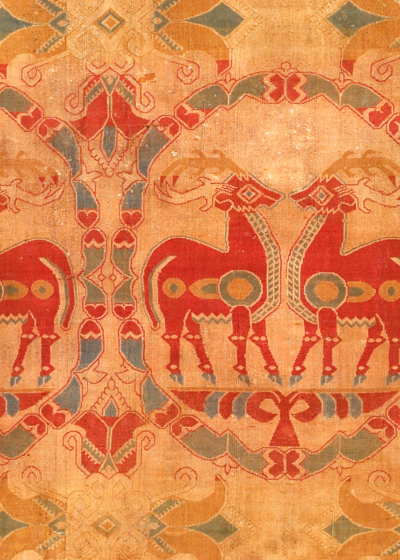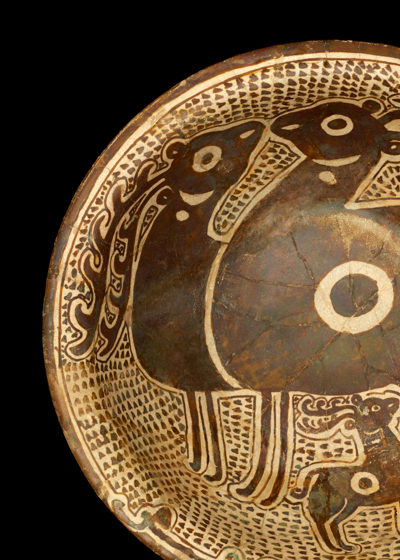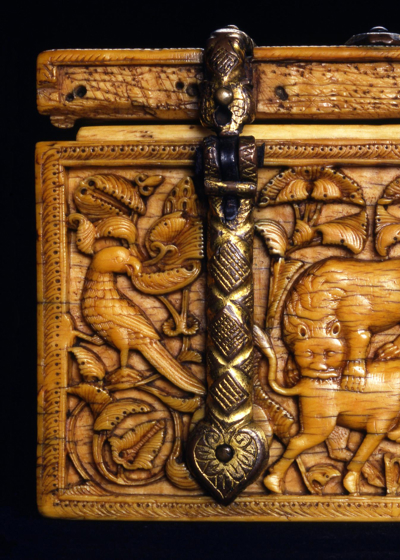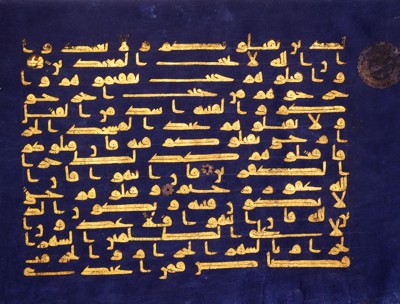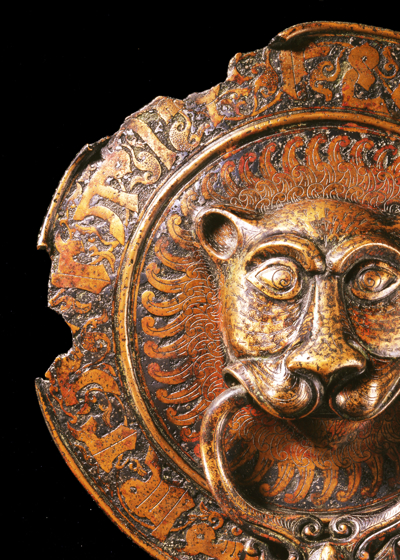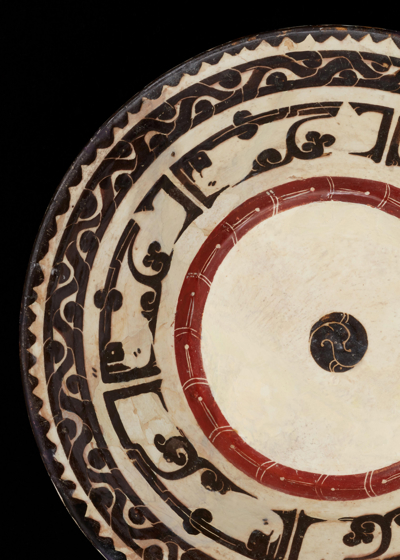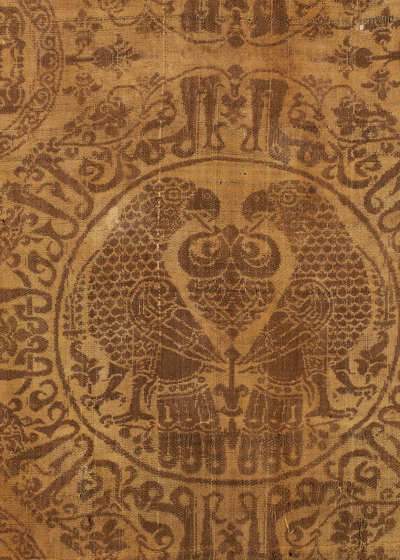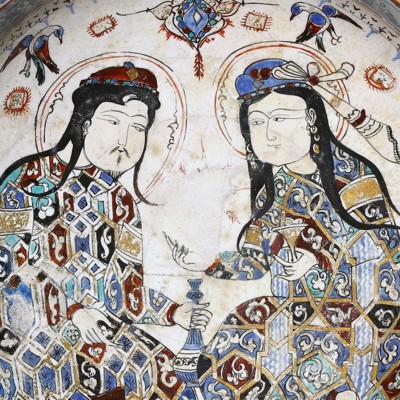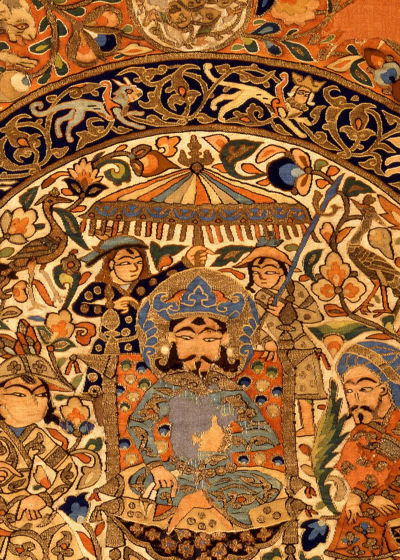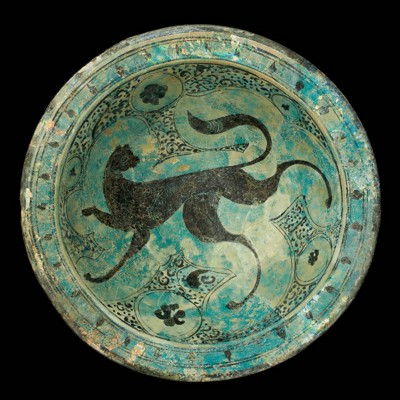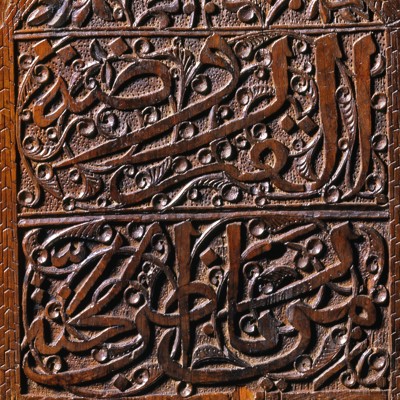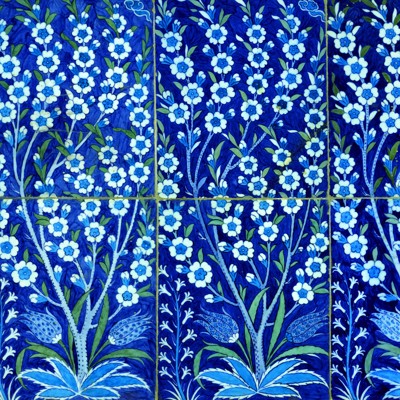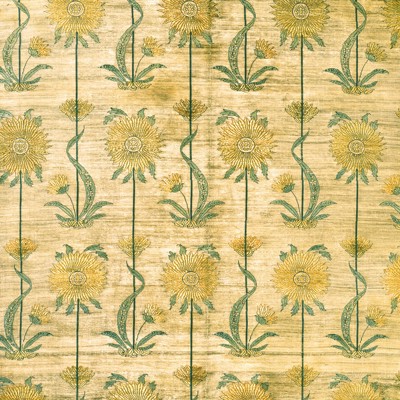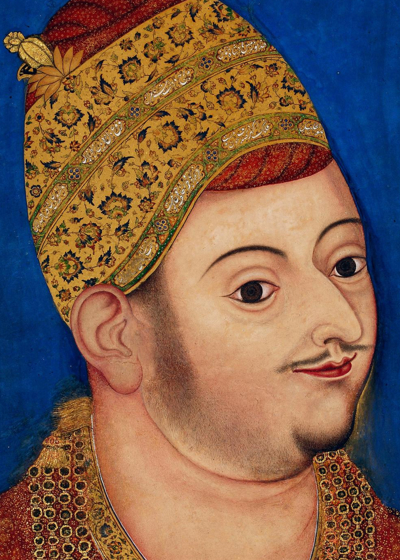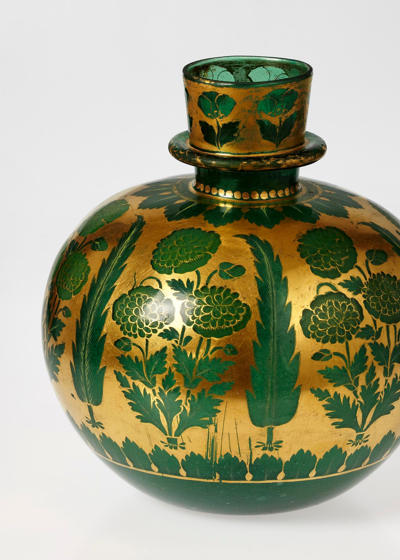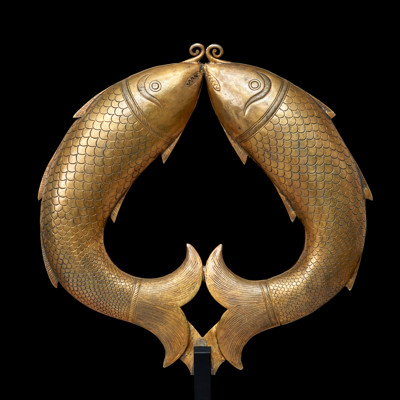The Mamluks
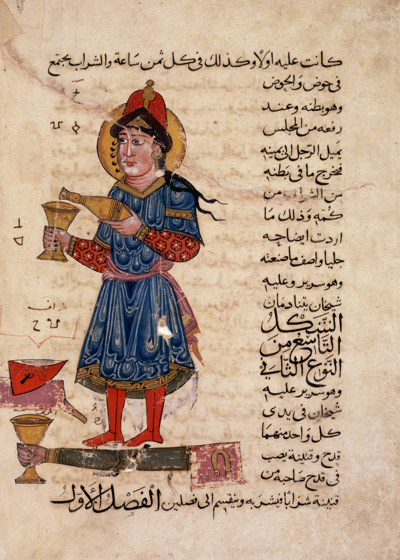
Year 1250-1517
The dynasty’s name comes from the Arabic designation for a slave, mamluk. The ruling class was made up of slave soldiers who had originally been captured among the Turkic peoples in the steppes of southern Russia or among Christians in northern Caucasus. The Mamluk dynasty emerged when some of the Ayyubids’ slave troops revolted in 1250 and took over the Ayyubid lands along the Mediterranean. From then on, the Mamluks’ might was based on a steady stream of slaves, who after being converted to Islam, educated in Arabic, and taught the art of war, supplied the military caste with new commanders.
Their descendants and other free men were not, however, allowed to reach society’s highest posts. In contrast to the practice of other Islamic dynasties, succession was usually decided by a coup d’état, often by one of the former sultan’s commanders, and rarely by family ties.
The Mamluks won renown throughout the Islamic world as defenders of the true faith because they repeatedly stopped the advance of the seemingly invincible Mongols. The Frankish Crusaders and Christian principalities in the eastern Mediterranean also had to yield at last to the Mamluks, who were famous for their skill in the use of the lance, the sword, and the bow. As a result, the Mamluk Empire soon stretched all the way from southeastern Anatolia to Sudan and Libya, with Cairo as its center. The holy cities in Arabia were also under Mamluk hegemony. Despite several internal power struggles, Syria and Egypt experienced a period of economic growth under the Mamluks. This was especially due to the empire’s strategic location as a center of trade linking India, southern Europe, Caucasus, and southern Russia. Trade with India, in turn, was taken over by Portuguese ships in the course of the 15th century. At the same time, there was increasing military pressure from the Ottomans in the north. While the Mamluks clung to their traditional weapons, the Ottomans’ use of modern artillery and firearms finally decided the outcome, and the Mamluks were defeated in 1517.
Many sultans and emirs were important builders and patrons who left behind magnificent religious complexes. Their names in cursive script are found in a new monumental way in Islamic art as a decoration, not only on architecture, but also on inlaid metalwork and enameled glass, the products of techniques that flourished in this period. Another distinctive feature is the emergence of heraldic symbols. They are seen on objects made both for the local upper class and for European noble families, since the skills of Mamluk craftsmen were in demand far and wide.
Geography
